|
Colleagues,
I originally planned to focus today on some ideas for integrating each form of development into your organization, but I realized that I might not have done a great job “selling” you on why development of personnel is so critical. So, next week I’ll spend one day focusing on each of the five faces of the cube, but today let’s look at why this is critical. Remember that strategic leadership has four components:
Strategic leaders put a priority on developing people. The best way to improve an organization is to help improve the people in the organization. Imagine if everyone in the organization was 10% better at the end of this year. What outcomes would you expect?
But it doesn’t stop there! People who work in organizations that are focused on helping people grow will be happier, more likely to stay, and will contribute to a positive organizational culture. It’s Friday, so let’s reflect with a simple 5-minute coaching session. I would love to hear your answers to these questions, so please consider replying to this email with your thoughts. Think about what you have learned this week about the five ways to develop people and how they apply to your organization.
Remember that you can share your answers by clicking here. Do good and be well, Frederick
0 Comments
Colleagues, Yesterday we briefly discussed four of the five faces of the cube of development:
The fifth face is self-reflection and individual initiative. While this is the most powerful form of development, it is also the least consistent.
Ideally, each person in an organization has access to all five of these strategies on a frequent basis. Tomorrow, we’ll explore how to integrate these strategies into an organization, but you have homework first! Reflect on these questions:
Do good and be well, Frederick 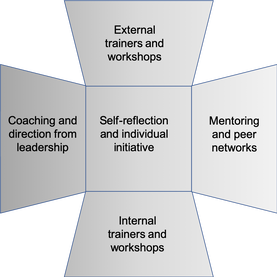 Colleagues, Yesterday I asked you to think about some questions related to how you can grow your people:
In order to answer those questions well, we need to think about the different ways that people grow. I’ve organized five of them into the cube of development: 1. External trainers and workshops are generally off-site events. They may occur as part of a training sequence or be single “one-shot” events. 2. Internal trainers and workshops are likely to occur on-site and to be part of a series of trainings. The advantages of these forms of development is that they can train many people at one time and are usually conducted by effective and qualified trainers.
Unfortunately, coaching from organizational leaders is often neglected. Part of this is due to being on the urgency treadmill. Another barrier is lack of training in how to coach. A strategic organization will invest in developing the coaching skills of their leaders. Until then, you can try five-minute coaching. Tomorrow we’ll look at self-reflection and individual initiative. Do good and be well, Frederick Colleagues,
Years ago, I was working in an organization that was wracked by both internal and external change. It was almost impossible to make concrete plans as resources and priorities were constantly shifting. We jokingly referred to the situation as “fluid and ambiguous.” Today, it feels like we are in the same place as the situation is “fluid and ambiguous.” We are in a catch 22 in that we can’t plan for the future, yet we must plan for the future. The safest thing to do in these times is to review foundational elements of best practices. Yesterday we looked at the six dimensions of organizations and the questions we should be asking ourselves on a daily basis. Tomorrow we’ll look at the cube of development, which describes five ways that people learn. In preparation, think about these things today:
If your people aren’t growing, then your organization is not improving. This is truer now than ever before. This is encouraging, because no matter how fluid and ambiguous things are, you can always have a positive impact on your people’s growth. More on that tomorrow. Do good and be well, Frederick Colleagues, The dynamics of this pandemic are intensified by political and cultural upheaval and conflict in a way that makes it very difficult for leaders to see a clear path forward. The calculus seems to change daily based on a complex hodge-podge of data, opinion, feeling, and perspective. This is a good time to revisit the nature of organizations and their implications on the problems we face.
An external force like this pandemic can wreak havoc on organizations because the people, structures, and resources that might have worked before may not work now. Note that the organization and its purpose haven’t changed, but the external forces have created or increased misalignment.
Given this, leaders should be asking these questions daily:
As you read this, I’ll be getting back to work after two weeks of doing other things, and I will be asking myself these exact questions. Do good and be well, Frederick |
Categories
All
Archives
April 2024
|
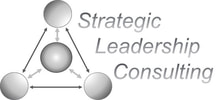
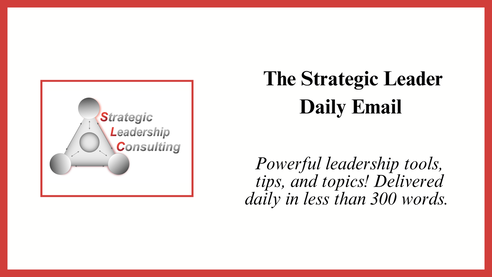
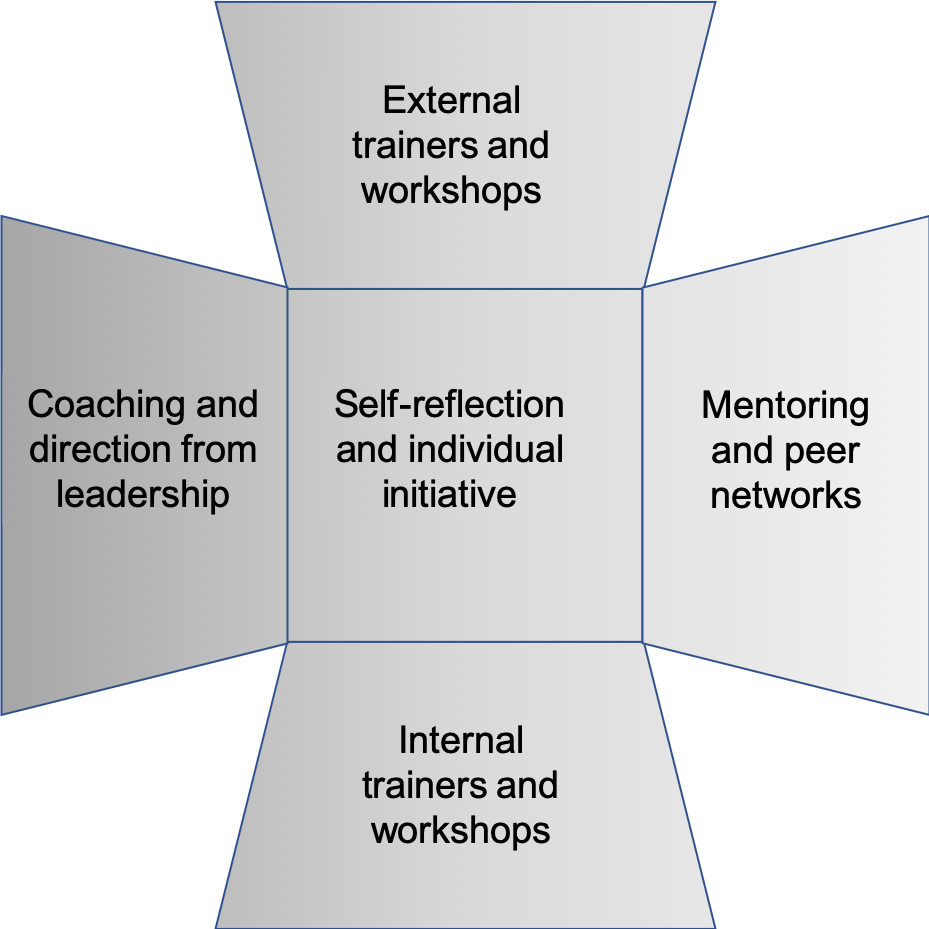
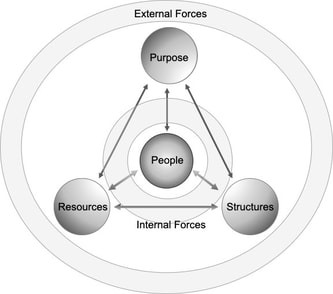
 RSS Feed
RSS Feed